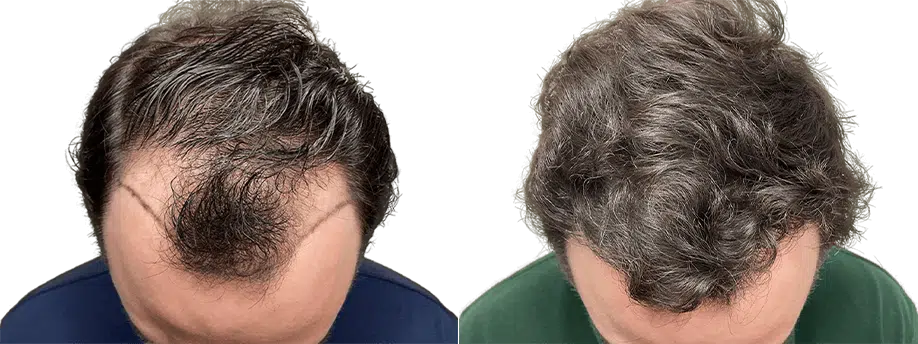Rogaine Vs Hair Transplant
Rogaine Vs Hair Transplant. If you are bald or have thinning hair, you think of the solution, asking yourself, which one is better rogaine or hair transplant? You should know that you’re not out of options for having the appearance you desire. Some men wear a hat or shave their heads completely bald. Some opt for weaves or hair pieces, but these are expensive – and temporary – solutions that quite honestly rarely look like the real thing. But the possibility of having your own hair back on your head and growing regularly is what every man with thinning hair wants. Out of the two most popular and successful options for achieving that full head of hair, what is the best solution – Rogaine or a hair transplant?
Pros and cons of Rogaine
Rogaine is the commercial brand name for a solution containing minoxidil that is applied to the head usually twice a day. Minoxidil can slow the rate of hair loss and works by stimulating follicles that still have hair growing out of them. It does this by increasing blood flow to the scalp and encouraging thicker growth of hair in a way that is not fully understood. Most men using Rogaine notice some sort of difference, but the results are seldom dramatic.
And for anyone who discontinues its use, any new hair that grew will fall out within a few months.
Hereditary baldness, or androgenic alopecia, is another name for male pattern baldness. It almost always affects the hairline first and most noticeably. It looks the same on most everyone as their hair falls out, that is the “pattern” referred to in male pattern baldness. The hairline begins to recede from the temples back towards the crown, with the hair on the crown eventually following. This process begins to be noticeable anywhere from the late teens to 40s. New hair growth, if it occurs, can be patchy and concentrated on the crown of the head rather than the hairline.
One advantage of Rogaine is the low up-front cost. It doesn’t appear to require much of a commitment, but you need to keep using it every day without ever stopping to maintain any hair growth. What’s more, any hair that was retained from its use will also fall out if you discontinue using it.
Pros and cons of a hair transplant
A hair transplant is the only option that offers meaningful and permanent regrowth of your own hair. Through a minor surgical procedure, donor hair is removed from an area of dense growth on the back of your head and artfully arranged where your hair fell out – creating an attractive hairline for your own hair to grow.
A hair transplant is a minor surgical procedure where healthy hair is taken from an area of dense growth and transplanted into areas with thin or no hair. The follicles where hair loss occurs are sensitized to a chemical called DHT. This only happens in men with hereditary baldness. However, the hair around the back of the head usually continues to grow densely because the follicles are resistant to DHT. This is the area from which the donor hair is taken. Your own hair will then grow in the new area, providing a permanent, natural solution to hair loss. There are two main types of hair transplants: Follicular Unit Transplant (FUT), and Follicular Unit Extraction (FUE). FUT involves a strip of hair being removed from the donor area and transplanted, while FUE is the individual removal of follicles, leaving no scar.
Rogaine Vs Hair Transplant
In both methods of hair transplant, new hair will noticeably grow by 6 months after the procedure. By 12 months, your hair will be grown in and will not fall out. Although the investment is greater in the beginning, your results are permanent and do not require additional maintenance or procedures, other than regular trips to your barber.
If you are ready for permanent regrowth of your own hair, MAXIM Hair Restoration offers expert and artful hair transplants with amazing results. MAXiM has locations in New York, Long Island, Connecticut, Chicago, Dallas and the Washington, DC area. Contact MAXiM today to find out if you are a candidate for a hair transplant.

